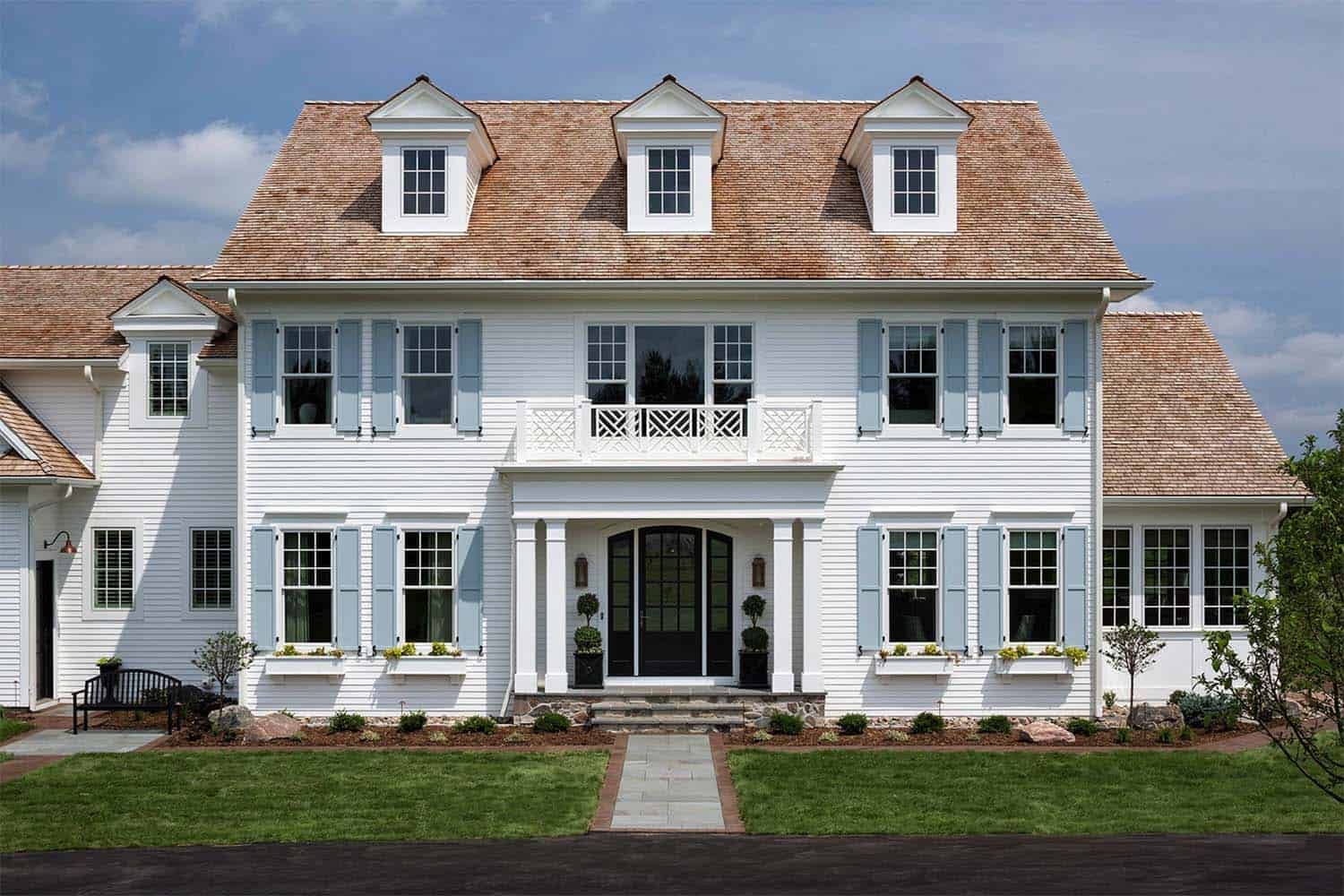

Articles
18 Colonial-Style Homes With Enduring Charm
Modified: August 31, 2024
Discover 18 captivating colonial-style homes that exude timeless charm in this collection of articles. Embrace the enduring allure of these architectural masterpieces.
(Many of the links in this article redirect to a specific reviewed product. Your purchase of these products through affiliate links helps to generate commission for Storables.com, at no extra cost. Learn more)
Introduction
The charm and elegance of colonial-style homes have captivated homeowners for centuries. These architectural treasures can be found across the United States, each with a unique story to tell. From the iconic Georgian Colonials of New England to the quaint Dutch Colonials of the Midwest, these homes stand as a testament to the rich history of American architecture.
Colonial architecture in America draws inspiration from various European styles, particularly those from England, France, and the Netherlands. The design principles of these homes evolved as the American colonies developed, resulting in distinctive regional variations.
In this article, we will explore the history, characteristics, and types of colonial-style homes. We will delve into the allure of colonial revival architecture and highlight notable examples throughout the country. We will also discuss the unique features of colonial-style homes in different regions and provide tips for maintaining and adapting them in modern times.
So, whether you are a history enthusiast, an architecture lover, or someone considering the charm of a colonial-style home, join us as we embark on a journey through time and explore these enduring architectural treasures.
Key Takeaways:
- Colonial-style homes, with their symmetrical facades, classic details, and regional variations, embody a timeless charm that reflects the unique cultural, environmental, and historical influences of different areas in the United States.
- While preserving their historical character, colonial-style homes can be adapted to blend seamlessly with modern living through colonial-inspired interior design and the integration of traditional and modern elements, offering a harmonious balance between preserving history and embracing contemporary functionality.
Read more: 20 Craftsman-Style Homes With Timeless Charm
The History of Colonial Architecture
Colonial architecture in America is deeply rooted in the influences of European design. European settlers brought with them architectural traditions from their home countries, which gradually merged with local materials and vernacular styles. As a result, colonial-style homes emerged as a distinct architectural form in the American colonies.
– Early Influences
The early influences on colonial architecture can be traced back to the European Renaissance and Baroque periods. The Renaissance, with its emphasis on symmetry and classical proportions, played a significant role in shaping the architectural language of the time.
The Baroque style, characterized by ornate embellishments and dramatic elements, also influenced colonial architecture, particularly in the use of elaborate details in the facades and interior features.
– Development in American Colonies
As the American colonies developed, regional variations in colonial architecture emerged. Each region incorporated its own environmental, cultural, and social influences into the design of their homes.
In New England, the harsh climate and the practicality of Puritan values gave rise to the iconic Georgian Colonial. These homes featured steep roofs to shed off snow, multi-pane windows for insulation, and central chimneys for efficient heating.
In the Mid-Atlantic region, the Federal Colonial style gained popularity during the late 18th and early 19th centuries. This style was characterized by refined details, including Federal-style mantels, delicate fanlights, and decorative entryways influenced by the neoclassical architecture of the time.
The Dutch Colonial style, with its distinctive gambrel roofs and flared eaves, emerged in the Hudson Valley and areas with a strong Dutch influence. These homes were practical and efficient, providing ample space in the upper levels while maintaining a compact footprint.
Spanish Colonial architecture, prevalent in areas such as Florida, Texas, and California, blended European and indigenous styles. These homes typically featured stucco exteriors, red tile roofs, and courtyards, reflecting the influence of the Spanish colonizers.
Finally, the Cape Cod style, originating in the New England region, is characterized by simple and symmetrical designs. These homes, often one or one-and-a-half stories, emphasized functionality and practicality, with central chimneys and minimal ornamentation.
As the colonies developed into a nation, the architectural styles continued to evolve, influenced by changing tastes, technological advancements, and the desire for independence. The architectural legacy of colonial-style homes remains an integral part of America’s architectural heritage.
Characteristics of Colonial-Style Homes
Colonial-style homes are known for their timeless elegance and classic design. These homes exhibit a unique set of characteristics that distinguish them from other architectural styles. From their symmetrical facades to their charming details, colonial-style homes exude a sense of balance and charm.
– Symmetry and Balance
Symmetry is a key element of colonial architecture. Colonial-style homes typically feature a central entrance flanked by evenly spaced windows on either side. This symmetrical arrangement creates a sense of balance and visual harmony. The proportions of the windows and doors are often uniform, further emphasizing the symmetry of the design.
– Classic Facades
Colonial-style homes often showcase classic facades that exude timeless beauty. The exteriors are typically made of brick, stone, or wood siding, reflecting the materials available in the region. The facades are adorned with elegant details such as decorative moldings, pediments, and pilasters, adding a touch of sophistication to the overall design.
– Steep Roofs and Dormers
One distinctive feature of colonial-style homes is their steep roofs. These roofs are not only aesthetically pleasing but also practical, as they allow for quick water runoff and provide ample space for attics or additional living areas. Dormers, protruding windows set into the roof, are another characteristic of colonial-style homes. These dormers add architectural interest and provide natural light to the upper levels of the house.
– Multi-pane Windows
Multi-pane windows are a hallmark of colonial architecture. The windows are typically divided into multiple small panes, reflecting the historical period when large glass panes were not readily available. The divided windows add a charming and nostalgic touch to the overall design while providing a glimpse into the historical context of the home.
– Central Chimneys
Another characteristic feature of colonial-style homes is the presence of one or more central chimneys. These chimneys serve as a focal point, both visually and functionally. They provide heat throughout the house, and their verticality adds to the overall symmetry and balance of the design.
These characteristics collectively contribute to the enduring charm and timeless appeal of colonial-style homes. The attention to detail and the careful balance of elements make these homes a beloved architectural style that continues to inspire homeowners and designers alike.
Types of Colonial-Style Homes
Colonial architecture in America encompasses a variety of styles that emerged and evolved over time. Each style exhibits distinct characteristics, reflecting the influences of different regions and historical periods. Here are some of the notable types of colonial-style homes:
– Georgian Colonial
The Georgian Colonial style, popular from the early 18th to the mid-19th century, is characterized by its symmetrical and balanced design. These homes often feature a central entrance with an evenly spaced arrangement of windows on either side. The exteriors are typically made of brick or clapboard, and the roofs are steeply pitched. Georgian Colonials are known for their grand and formal facades, with elegant details such as pediments, pilasters, and decorative moldings.
– Federal Colonial
The Federal Colonial style gained popularity during the late 18th and early 19th centuries. Influenced by neoclassical architecture, these homes exhibit refined details and a sense of grandeur. Federal Colonials often feature delicate fanlights, decorative entryways, and Federal-style mantels. The exteriors showcase elegant brickwork or clapboard siding, and the roofs are typically hipped or gable in shape. The Federal Colonial style is characterized by its symmetry, balanced proportions, and classical elements.
– Dutch Colonial
The Dutch Colonial style emerged in areas with a strong Dutch influence, such as the Hudson Valley. These homes are recognized for their distinctive gambrel roofs, which feature two slopes on each side. The lower slope is steeper, creating more space in the upper levels of the house. Dutch Colonials often have flared eaves, providing a unique and charming silhouette. The exteriors are typically made of brick or shingles, and the windows are divided into multiple panes. These homes reflect simplicity and practicality while maintaining a sense of architectural character.
– Spanish Colonial
In regions such as Florida, Texas, and California, Spanish Colonial architecture exhibits a unique blend of European and indigenous influences. These homes feature stucco exteriors, red tile roofs, and courtyards. They often have thick walls and small windows to provide relief from the intense heat. Spanish Colonial homes are known for their distinctive arches, wrought iron details, and vibrant colors. This style is a testament to the enduring influence of Spanish colonizers on the architectural landscape of these regions.
– Cape Cod
The Cape Cod style originated in New England and is characterized by its simplicity and functionality. These homes are typically one or one-and-a-half stories high, with a central chimney and a steep, gabled roof. Cape Cod homes have minimal ornamentation and a symmetrical design. The exteriors are usually made of shingles, reflecting the practicality of the region’s materials. Cape Cod homes are cherished for their cozy and inviting atmosphere.
These are just a few examples of the types of colonial-style homes that have influenced the architectural landscape of America. Each style reflects the unique history, culture, and regional influences of its time. Whether grand and formal or simple and practical, colonial-style homes continue to capture the imagination with their enduring charm.
Colonial Revival Architecture
The Colonial Revival style, popularized in the late 19th and early 20th centuries, represents a revival of interest in colonial architecture. This architectural movement was a response to the growing nostalgia for America’s colonial past and a fascination with its historical roots. The Colonial Revival style sought to recreate the charm and elegance of colonial architecture while incorporating modern construction techniques and materials.
– Rise in Popularity
The Colonial Revival style gained popularity during the Colonial Revival movement, which coincided with the Centennial Exposition in Philadelphia in 1876. The exhibition celebrated the 100th anniversary of American independence and sparked a renewed interest in colonial art, design, and architecture. This led to a revival of colonial architectural styles, including Georgian, Federal, and Colonial Revival itself.
As the Colonial Revival movement spread, homeowners and architects sought to recreate the atmosphere of colonial-style homes. This style became particularly popular in suburban areas, where homeowners sought to evoke a sense of tradition and historical continuity.
– Influence on Modern Homes
The influence of Colonial Revival architecture can still be seen in modern home design. Many homes today incorporate elements inspired by colonial-style homes, blending traditional aesthetics with contemporary functionality.
The symmetrical facades, multi-pane windows, and central chimneys borrowed from colonial architecture continue to be popular features in modern homes. These elements add character, elegance, and a sense of timeless charm to both traditional and contemporary designs.
Additionally, the revival of interest in colonial architecture highlights the enduring appeal of classic design principles. The emphasis on balance, proportion, and symmetry in colonial homes continues to inform architectural choices today, regardless of the specific style being pursued.
Furthermore, the Colonial Revival movement also had an impact on interior design. Colonial-inspired interiors often feature traditional furniture, crisp white trim, and classic decorative elements such as wainscoting and crown molding. This style lends a sense of warmth and sophistication to modern living spaces, creating an inviting and timeless atmosphere.
Overall, the Colonial Revival style has left a lasting influence on modern home design. Its emphasis on classic aesthetics and attention to architectural detail continues to inspire homeowners, architects, and designers alike.
When decorating a colonial-style home, consider incorporating traditional elements such as crown molding, wainscoting, and classic color palettes to enhance its enduring charm.
Read more: 15 Cottage-Style Homes With Cozy Charm
Notable Colonial-Style Homes
Colonial-style homes have played an integral role in American history and culture. Several iconic examples stand as testaments to the enduring architectural legacy of the colonial period. Here are some notable colonial-style homes that hold significant historical and cultural importance:
– Mount Vernon
Mount Vernon, located in Virginia, was the beloved plantation home of George Washington, the first President of the United States. This grand Georgian Colonial mansion overlooks the Potomac River and showcases the elegance and refinement of the colonial era. Mount Vernon is a National Historic Landmark and a popular tourist destination, offering visitors a glimpse into the life of one of America’s founding fathers.
– Monticello
Monticello, situated in Charlottesville, Virginia, was the masterpiece of Thomas Jefferson, the third President of the United States. This grand Federal-style home is known for its unique design and architectural innovations. Monticello showcases Jefferson’s brilliance and his dedication to blending classical architectural elements with his vision of a modern America. It is now a UNESCO World Heritage Site and attracts visitors from around the world.
– The White House
Perhaps the most well-known colonial-style home in America, the White House in Washington, D.C., is the official residence of the President of the United States. Designed in the Neoclassical style, with elements of both Georgian and Federal architecture, the White House showcases the grandeur and elegance of the colonial period. It has served as the symbol of American democracy for over two centuries and stands as a testament to the nation’s history and heritage.
– Independence Hall
Independence Hall, located in Philadelphia, Pennsylvania, is the site where the Declaration of Independence was adopted and the United States Constitution was drafted. This historic building showcases Georgian Colonial architecture and played a crucial role in shaping the nation’s history. It is now part of the Independence National Historical Park and is visited by millions of tourists who come to relive the founding moments of the United States.
These notable colonial-style homes represent the architectural and historical significance of the colonial period in America. They offer a glimpse into the lives of the men and women who shaped the nation and stand as reminders of the rich heritage and profound legacy of colonial architecture.
Colonial-Style Homes in Different Regions
Colonial-style homes exhibit regional variations that reflect the diverse cultural, historical, and environmental influences of different areas in the United States. Let’s explore some of the distinctive characteristics of colonial-style homes in different regions:
– New England
In New England, colonial-style homes are often associated with the iconic and grand Georgian Colonial architecture. These homes feature symmetrical facades, multi-pane windows, and classic brick or clapboard exteriors. New Englanders embraced the practicality of central chimneys and steep roofs to withstand the snowy winters. Cape Cod style homes are also prevalent in this region, characterized by their simplicity and cozy atmosphere.
– Mid-Atlantic
The Mid-Atlantic region showcases the Federal Colonial style, known for its refined details and neoclassical influences. Homes in this region often have elegant fanlights, decorative entryways, and Federal-style mantels. The exteriors can be brick, stone, or clapboard, reflecting the historical availability of materials. The symmetry and balance of these homes create a sense of timeless elegance.
– Southern
In the Southern states, colonial-style homes often include elements of both Georgian and Federal architecture. These homes exhibit a sense of grandeur, with expansive porches, tall columns, and classical proportions. Many Southern plantation homes, such as Monticello and plantation houses in Charleston, showcase the Southern interpretation of colonial architecture, combining grandeur with a touch of regional charm.
– Midwest
In the Midwest, Dutch Colonial homes are prevalent. These homes feature distinctive gambrel roofs and flared eaves, providing a unique silhouette. Built with practicality in mind, Dutch Colonials often have brick or shingles exteriors and divided-pane windows. These homes reflect simplicity and functionality, maintaining a sense of architectural character.
While these regional variations exist, it is important to note that colonial-style homes can be found throughout the United States. The adaptability and enduring appeal of this architectural style have made it a popular choice for homeowners seeking timeless and elegant designs.
Whether it’s the grand Georgian Colonials of New England, the refined Federal Colonials of the Mid-Atlantic, the Southern plantation homes, or the charming Dutch Colonials of the Midwest, colonial-style homes in different regions reflect the unique history and cultural heritage of their respective areas.
Maintaining Colonial-Style Homes
Maintaining the charm and integrity of colonial-style homes requires a commitment to preservation and careful attention to detail. Here are some essential considerations for maintaining these architectural treasures:
– Historic Preservation
Colonial-style homes often hold historical significance and contribute to the cultural fabric of their communities. If your home is designated as a historic property, it is vital to adhere to local preservation regulations and guidelines to ensure its historical integrity. Consider consulting with historic preservation experts and professionals who specialize in the restoration, maintenance, and preservation of architectural heritage.
– Renovation and Restoration Tips
When renovating or restoring a colonial-style home, it is crucial to strike a balance between preserving its historical character and incorporating modern conveniences. Here are some tips to consider:
1. Research and Documentation: Before proceeding with any renovation or restoration work, conduct a thorough research of the architectural details and historical context of your home. This knowledge will serve as a guidepost in making informed decisions about maintaining and restoring its original features.
2. Preserve Original Elements: Whenever possible, preserve and restore original elements such as moldings, trim, windows, doors, and flooring. Repair or replicate damaged or deteriorated features using traditional materials and techniques to maintain the authenticity of the home.
3. Respect the Layout: Retaining the original layout of the house is vital in preserving the architectural integrity. Avoid major alterations that may compromise the historical character or flow of the home. Consult experts who have experience in working with historic properties to find ways to incorporate modern functionalities while respecting the original design.
4. Period-Appropriate Materials: When replacing or adding new elements, use materials that are consistent with the time period of the home. Choose roofing materials, siding, and windows that match the historical aesthetic. This attention to detail will merge old and new seamlessly.
5. Energy Efficiency: Enhance the energy efficiency of the home without compromising its historical character. Consider installing insulation, weatherstripping, or energy-efficient windows that blend visually with the original design.
6. Regular Maintenance: Colonial-style homes require regular maintenance to preserve their beauty and functionality. Stay vigilant in inspecting and maintaining the exterior, including roofs, siding, and gutters. Periodic painting, repairing, and cleaning will ensure the long-term health of the home.
7. Consult Professionals: When in doubt, consult professionals who specialize in historic preservation and restoration. They can provide expert advice and guidance tailored to your specific home and ensure your efforts align with best practices in preserving colonial architecture.
By respecting the historical significance of colonial-style homes and employing appropriate restoration techniques, you can ensure the longevity and continued enjoyment of these architectural gems for generations to come.
Contemporary Adaptations of Colonial Architecture
While preserving the historical integrity of colonial-style homes is of utmost importance, there are also opportunities to adapt these timeless designs to suit modern preferences and lifestyles. Here are two ways in which colonial architecture can be adapted for contemporary living:
– Colonial-Inspired Interior Design
One way to adapt colonial architecture for modern living is through colonial-inspired interior design. This approach incorporates traditional elements while adding contemporary touches to create a harmonious blend of old and new. Here are some key features of colonial-inspired interior design:
1. Colors and Materials: Use a color palette that reflects the historical context, such as soft neutrals, warm earth tones, and rich wood finishes. Incorporate traditional materials like natural stone, hardwood flooring, and coffered ceilings to enhance the colonial aesthetic.
2. Furniture and Accessories: Choose furniture and accessories that evoke the colonial period while providing comfort and functionality. Look for pieces with classic lines, ornate detailing, and muted upholstery. Incorporate traditional patterns, such as floral or toile, in fabrics, curtains, or wallpaper.
3. Lighting Fixtures: Select lighting fixtures that reflect the colonial era, such as chandeliers, wall sconces, or candle-style lamps. These fixtures add a touch of elegance and create a warm, inviting ambiance in the space.
4. Fireplace and Mantels: If your colonial-style home has a fireplace, highlight it as a focal point by restoring or enhancing the mantel. Consider adding traditional decorative elements or installing a wood-burning or gas fireplace insert for both aesthetic appeal and functionality.
– Blending Traditional and Modern Elements
Another way to adapt colonial architecture for contemporary living is through the seamless integration of traditional and modern elements. Here are some ideas for blending the old and the new:
1. Open Floor Plans: Create open living spaces by removing non-load-bearing walls while maintaining the overall flow and structure of the home. This allows for a more interconnected and functional layout that suits modern lifestyles.
2. Updated Kitchens and Bathrooms: Incorporate modern amenities and features into the kitchen and bathrooms while maintaining a cohesive design with the overall colonial aesthetic. Use modern materials, fixtures, and appliances while integrating them harmoniously with the traditional style of the home.
3. Technology Integration: Incorporate modern technology discreetly into the home, such as hidden speakers, smart home systems, and energy-efficient lighting. Ensure that these elements do not detract from the overall colonial charm of the home.
4. Outdoor Living Spaces: Extend the living space by creating outdoor areas such as patios, decks, or porches that seamlessly flow from the interior. Incorporate modern amenities and furniture while respecting the architectural style and materials of the home.
By embracing colonial-inspired interior design and blending traditional and modern elements, homeowners can adapt colonial architecture to suit their contemporary needs without compromising the historical elegance and charm of these timeless homes.
Conclusion
Colonial-style homes hold a special place in the architectural landscape of America. Their enduring charm, timeless elegance, and rich historical significance continue to captivate homeowners and enthusiasts alike. Whether it’s the grand Georgian Colonials of New England, the refined Federal Colonials of the Mid-Atlantic, or the charming Dutch Colonials of the Midwest, each regional variation reflects the unique cultural, environmental, and historical influences of its area.
From their symmetrical facades to their classic details, colonial-style homes embody a sense of balance and harmony. The preservation and maintenance of these architectural treasures play a vital role in ensuring their longevity and historical integrity. By adhering to best practices in historic preservation, respecting the original design, and understanding the historical context, homeowners can effectively maintain the charm and beauty of colonial-style homes for generations to come.
Moreover, while preserving their historical character, colonial-style homes can also be adapted to blend seamlessly with modern living. Colonial-inspired interior design offers an opportunity to infuse traditional elements with contemporary touches, creating a harmonious and inviting space. Blending traditional and modern elements within the architecture of these homes allows for a balance between preserving history and embracing contemporary functionality.
Whether you are a history enthusiast, an architecture lover, or someone considering the allure of a colonial-style home, exploring the history, characteristics, and types of colonial architecture provides a fascinating journey through time. The notable examples of colonial-style homes, such as Mount Vernon, Monticello, the White House, and Independence Hall, serve as reminders of the significance of these homes in shaping America’s history and cultural identity.
Colonial architecture continues to captivate our imagination, inspire our designs, and provide a connection to our past. The enduring appeal of these homes lies in their ability to evoke a sense of timelessness, elegance, and a reflection of the cultural and historical heritage of the United States.
Curious about more than just architectural styles? If you're fascinated by the structures topping many homes, our next piece on roofing essentials is a must-read. Specifically, we delve into a crucial element often seen in various designs, including colonial homes: the gabled roof. This article will clarify what a gable is and why it's significant in roof architecture, enhancing your understanding of building aesthetics and structural functionality.
Frequently Asked Questions about 18 Colonial-Style Homes With Enduring Charm
Was this page helpful?
At Storables.com, we guarantee accurate and reliable information. Our content, validated by Expert Board Contributors, is crafted following stringent Editorial Policies. We're committed to providing you with well-researched, expert-backed insights for all your informational needs.
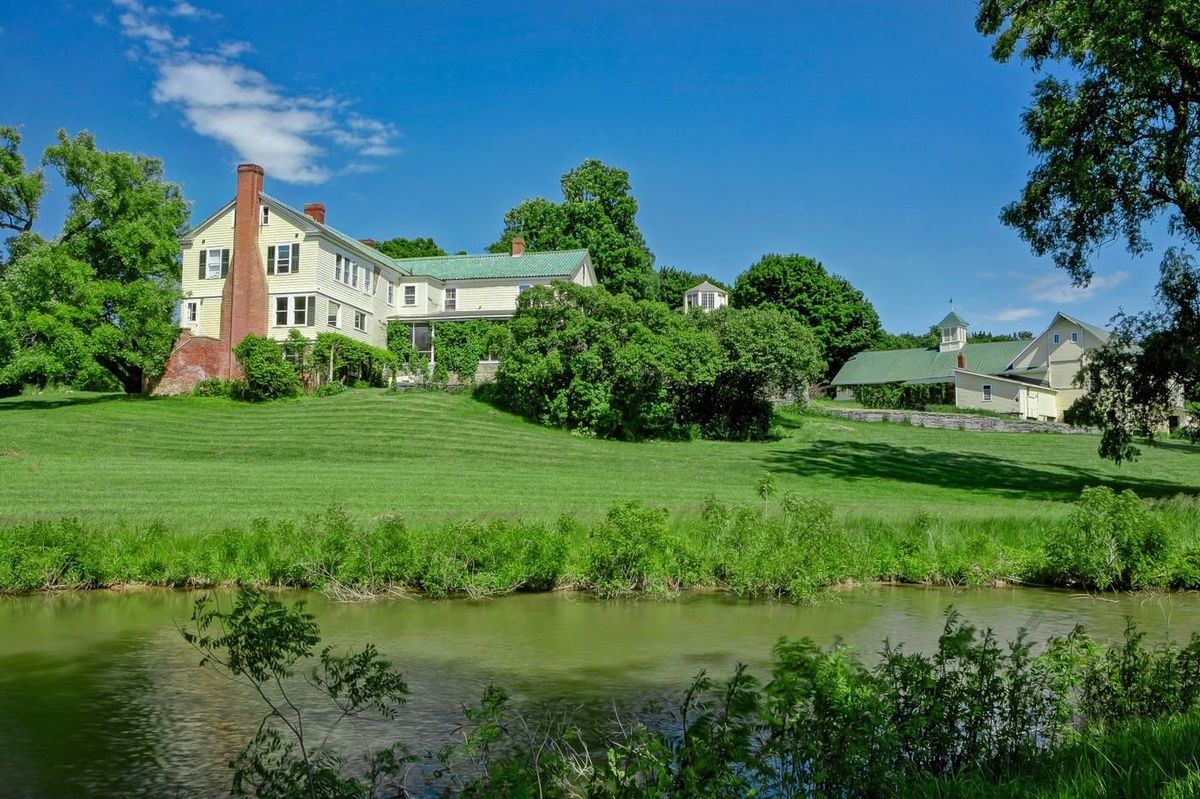
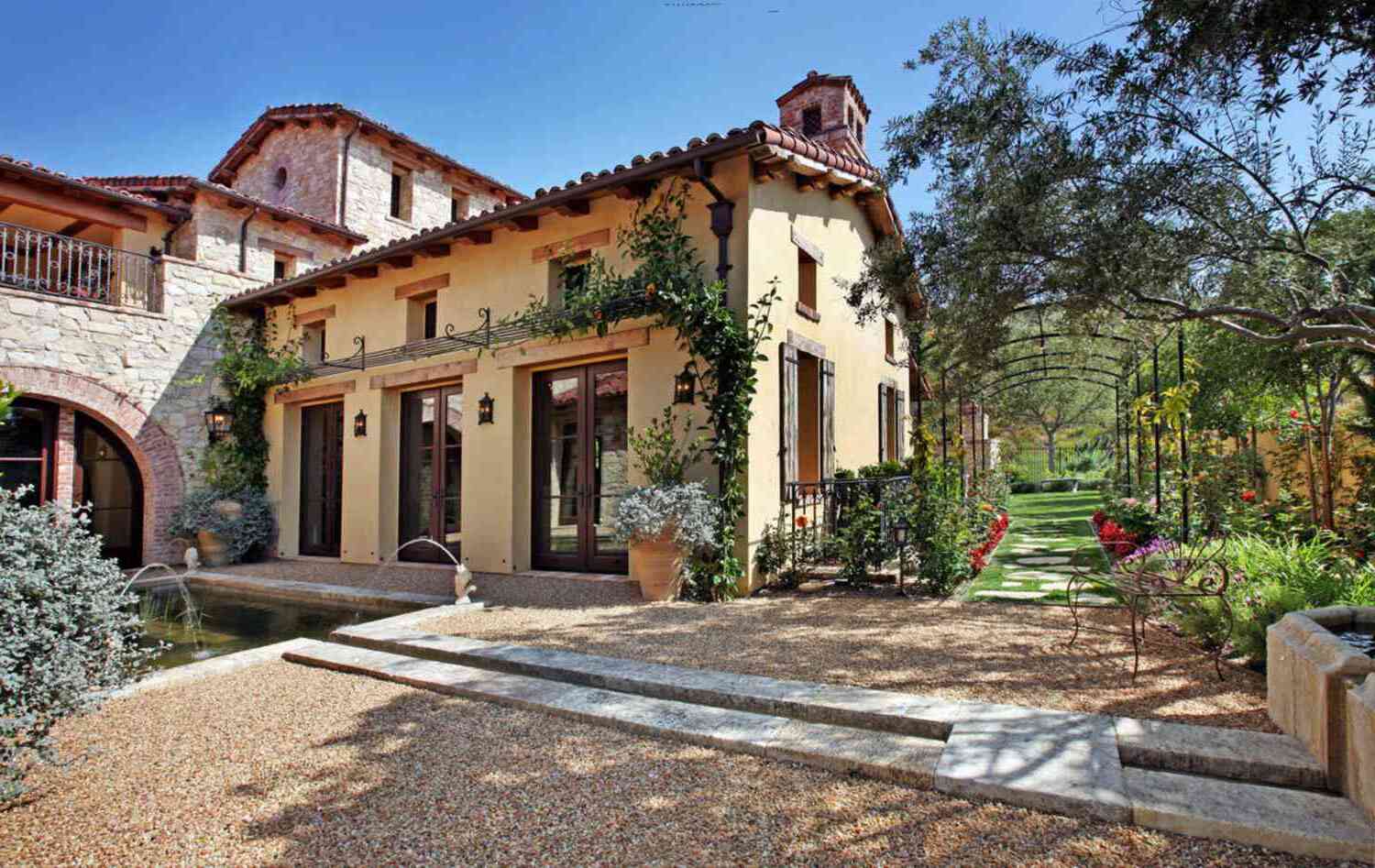
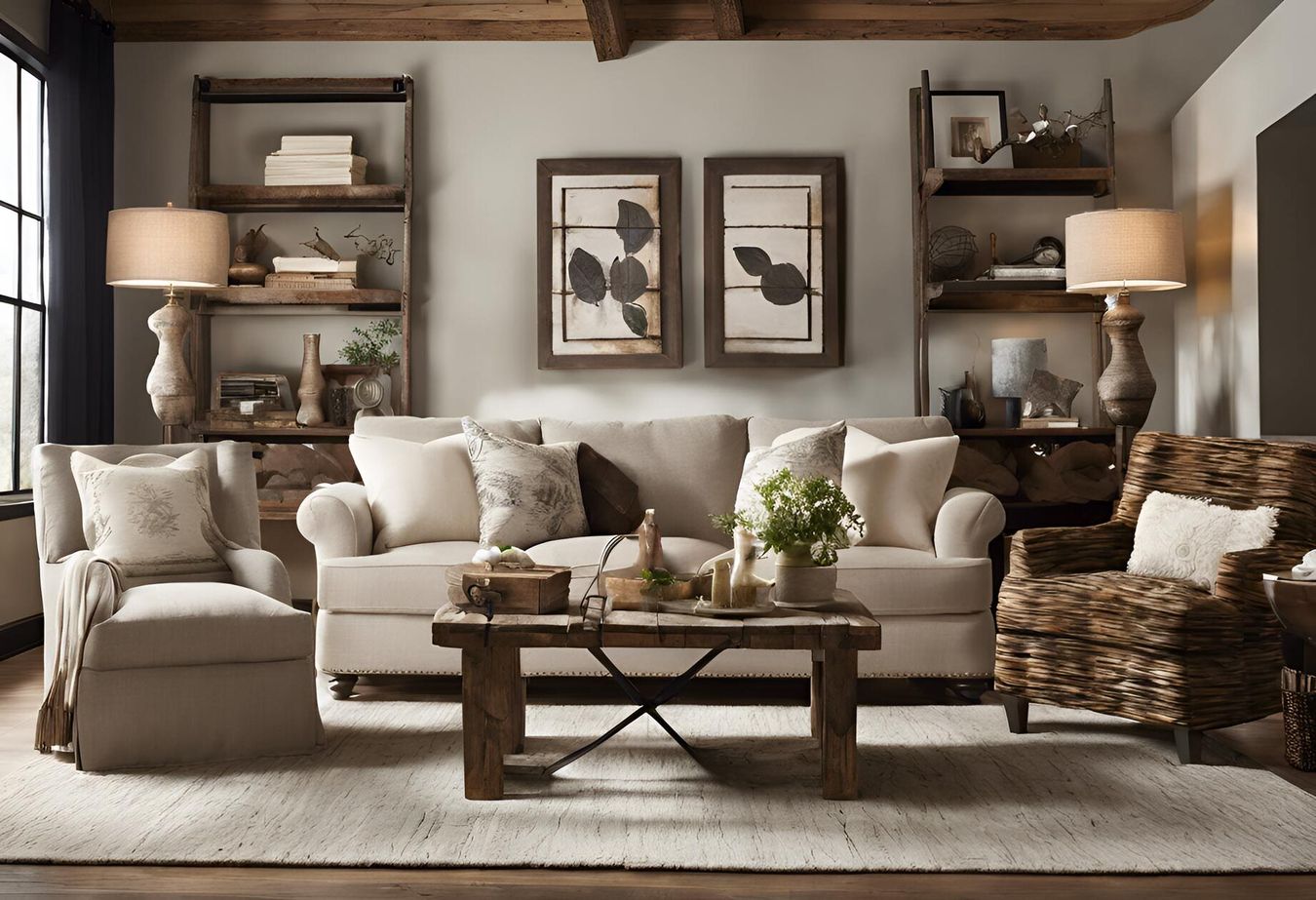
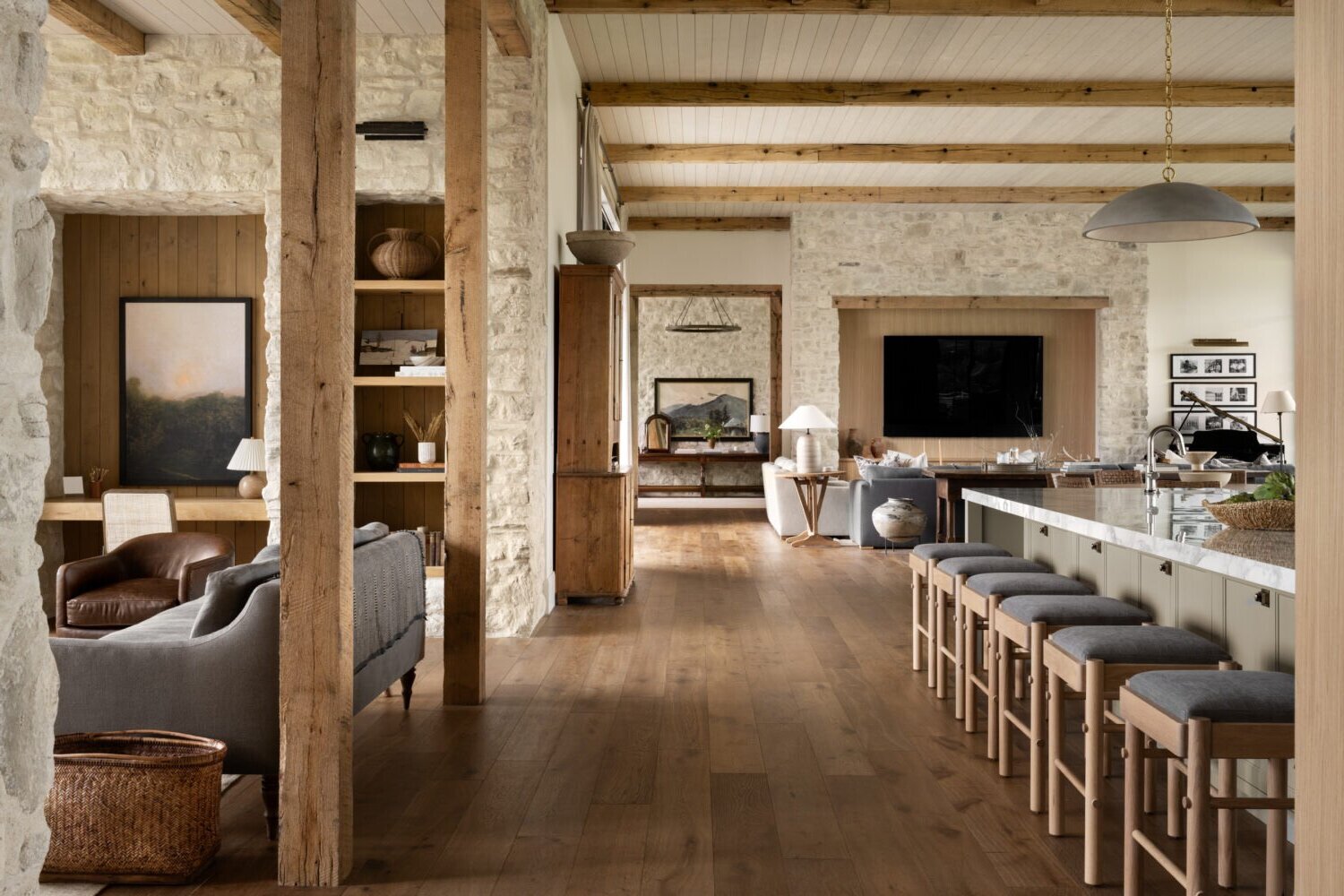
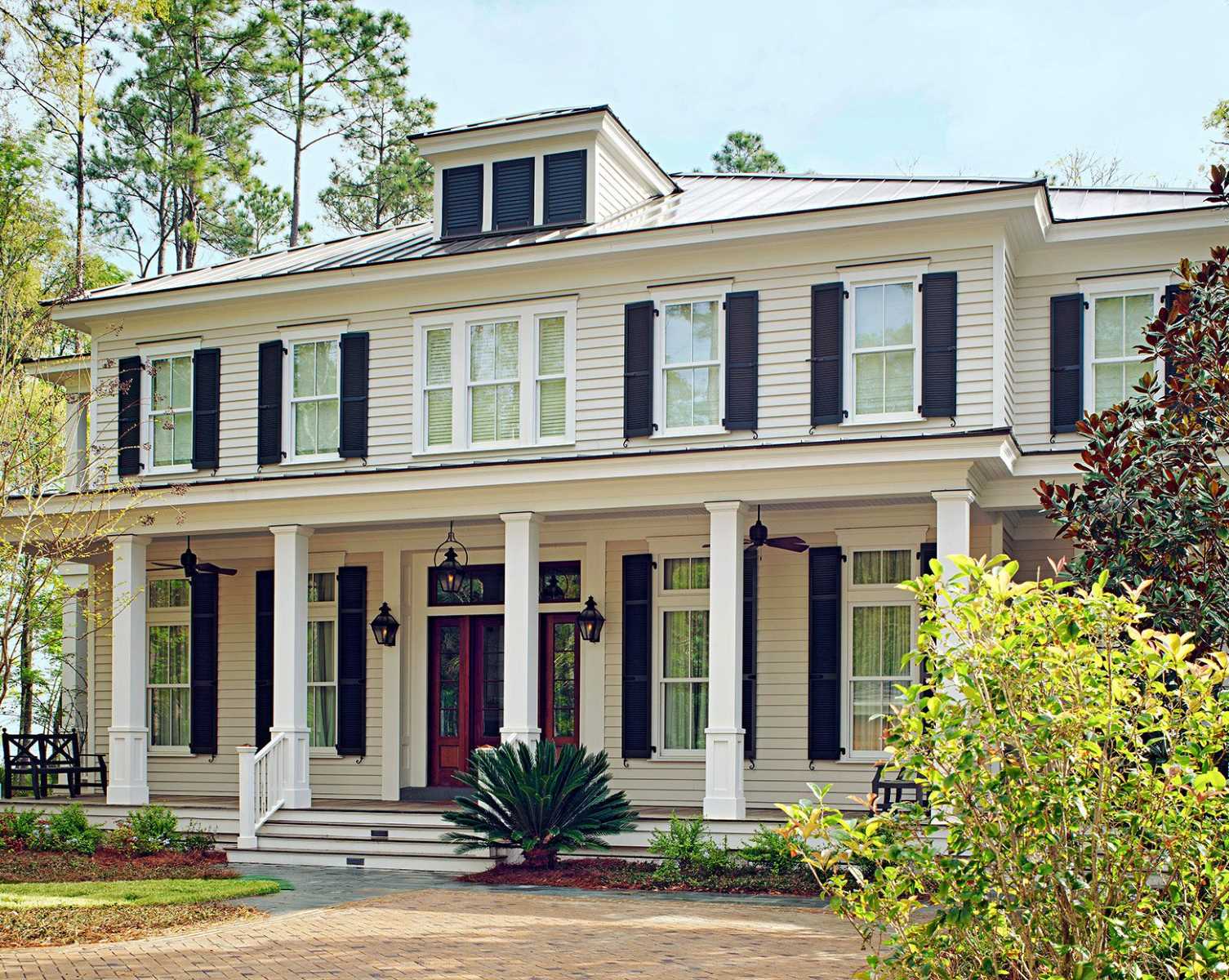
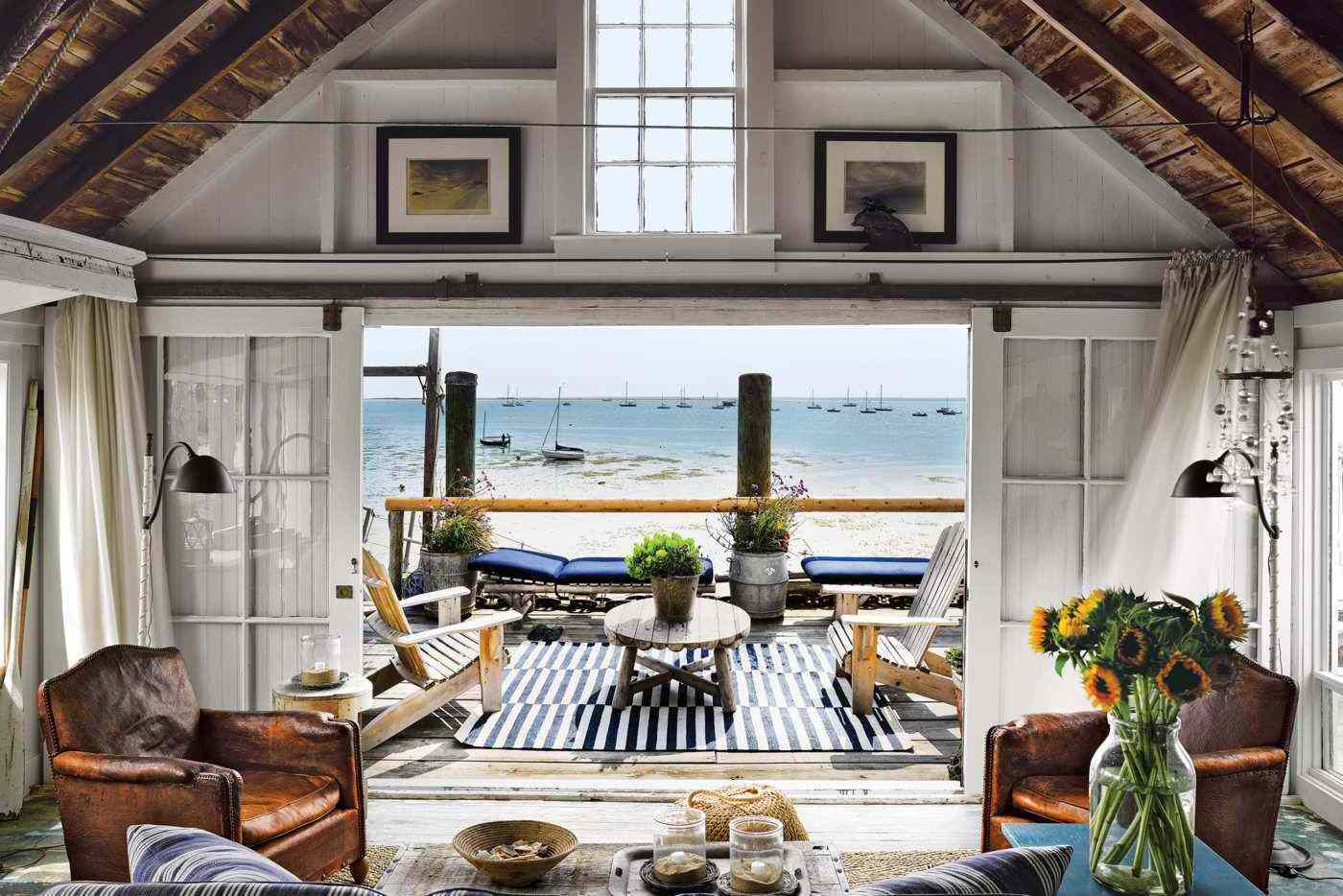
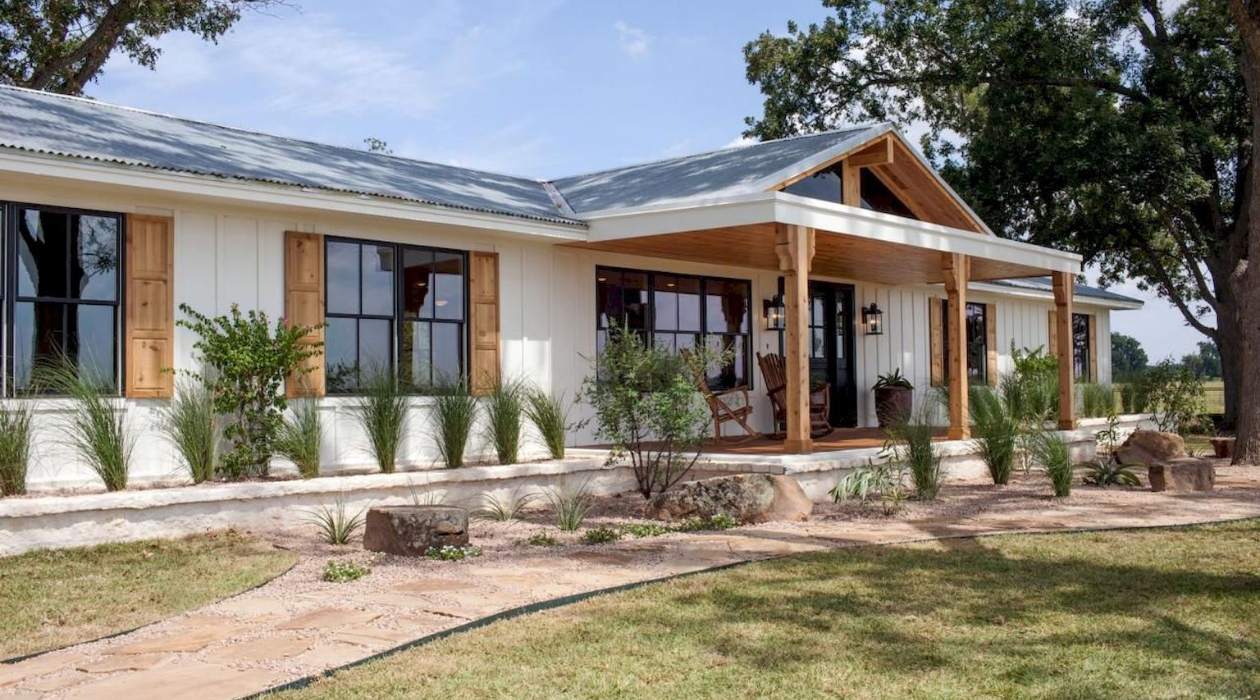
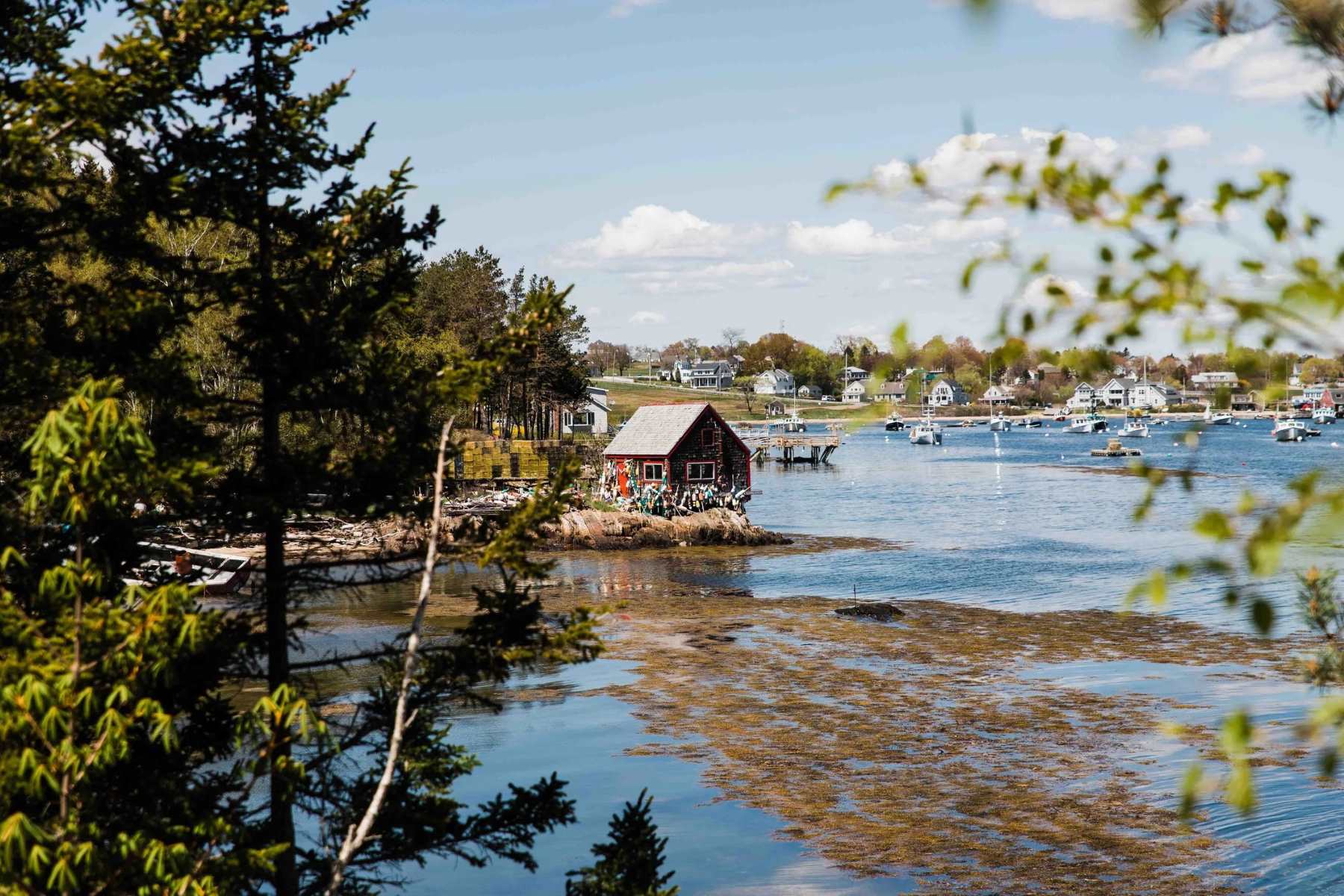
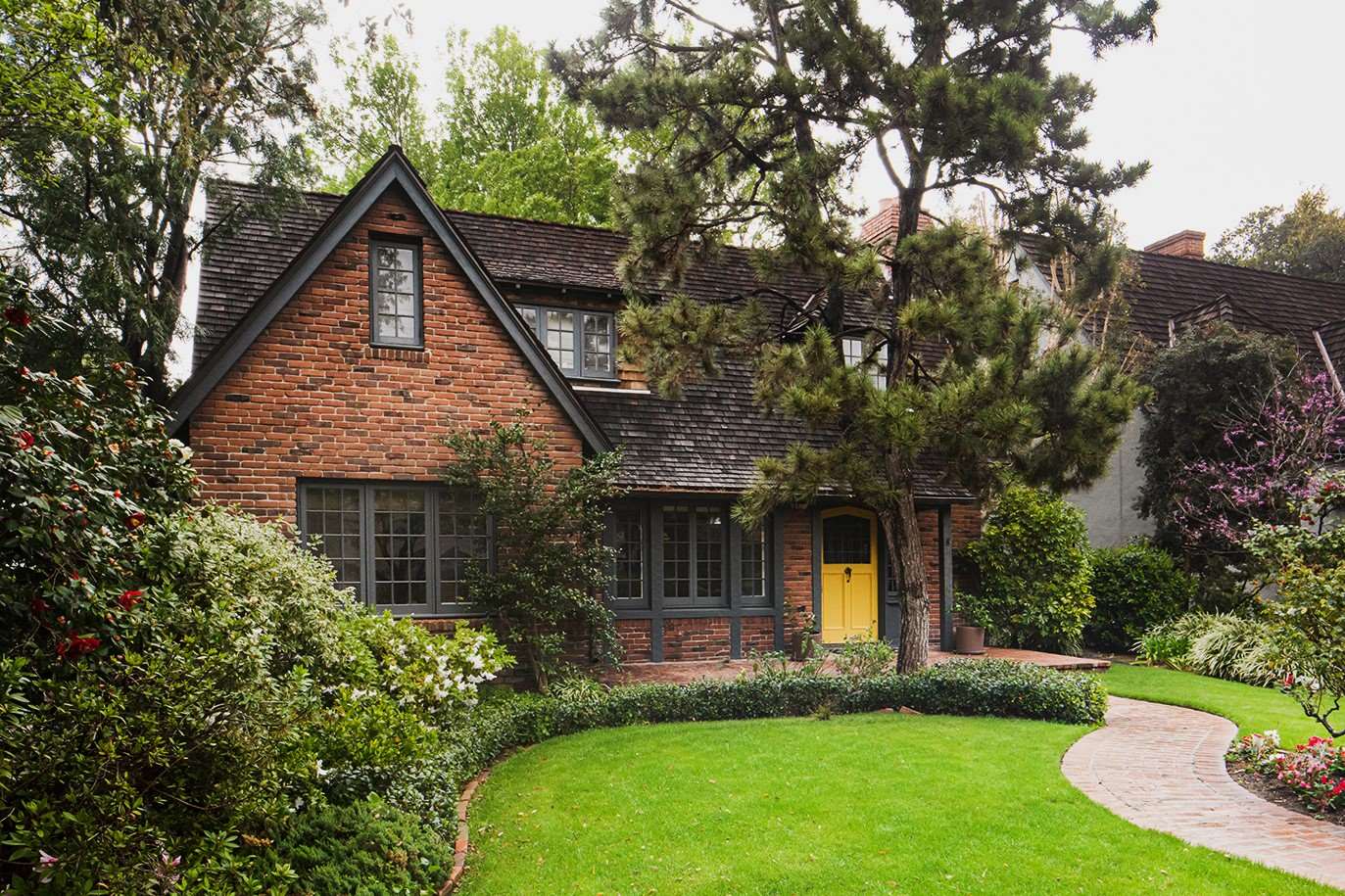
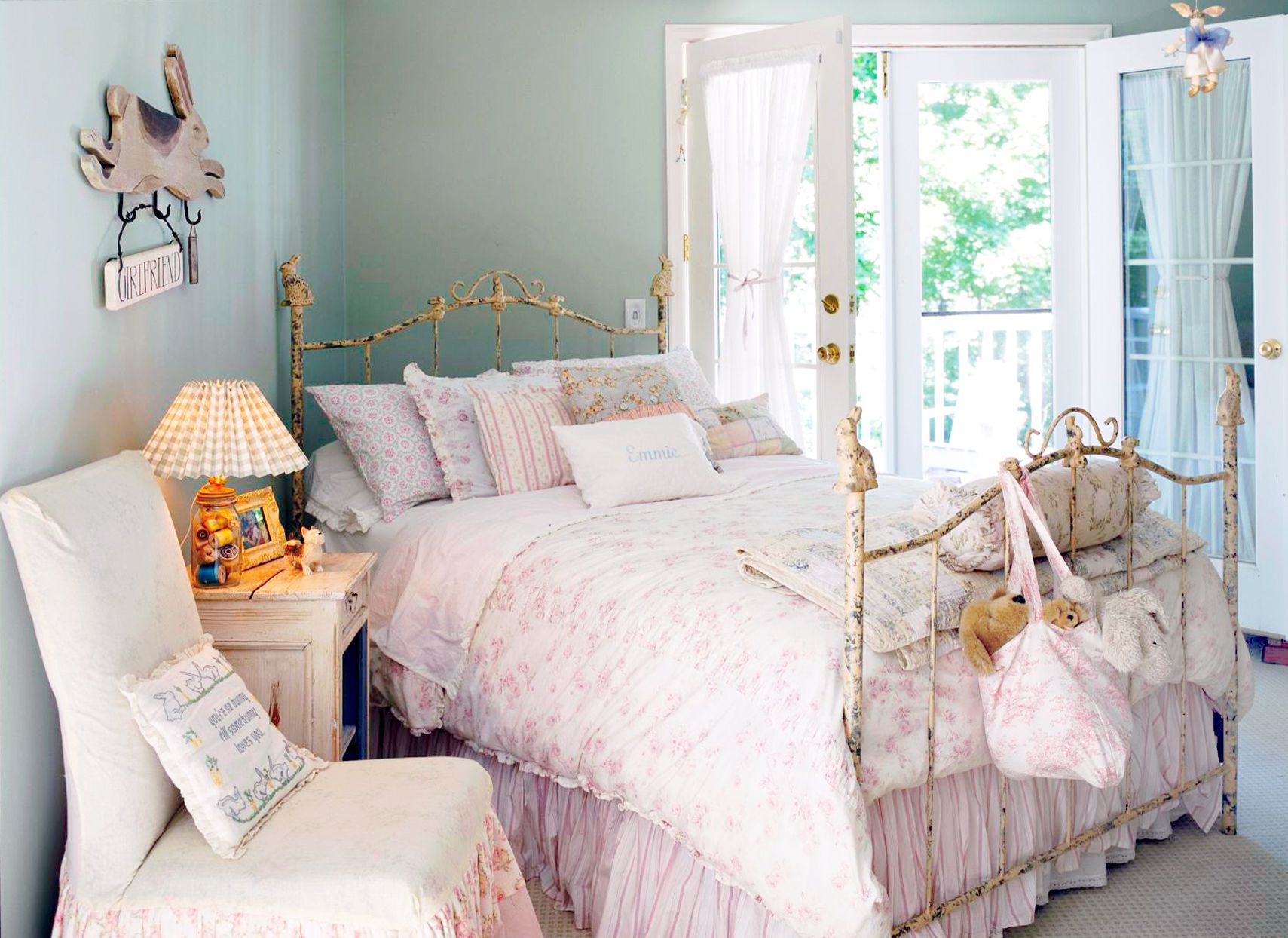
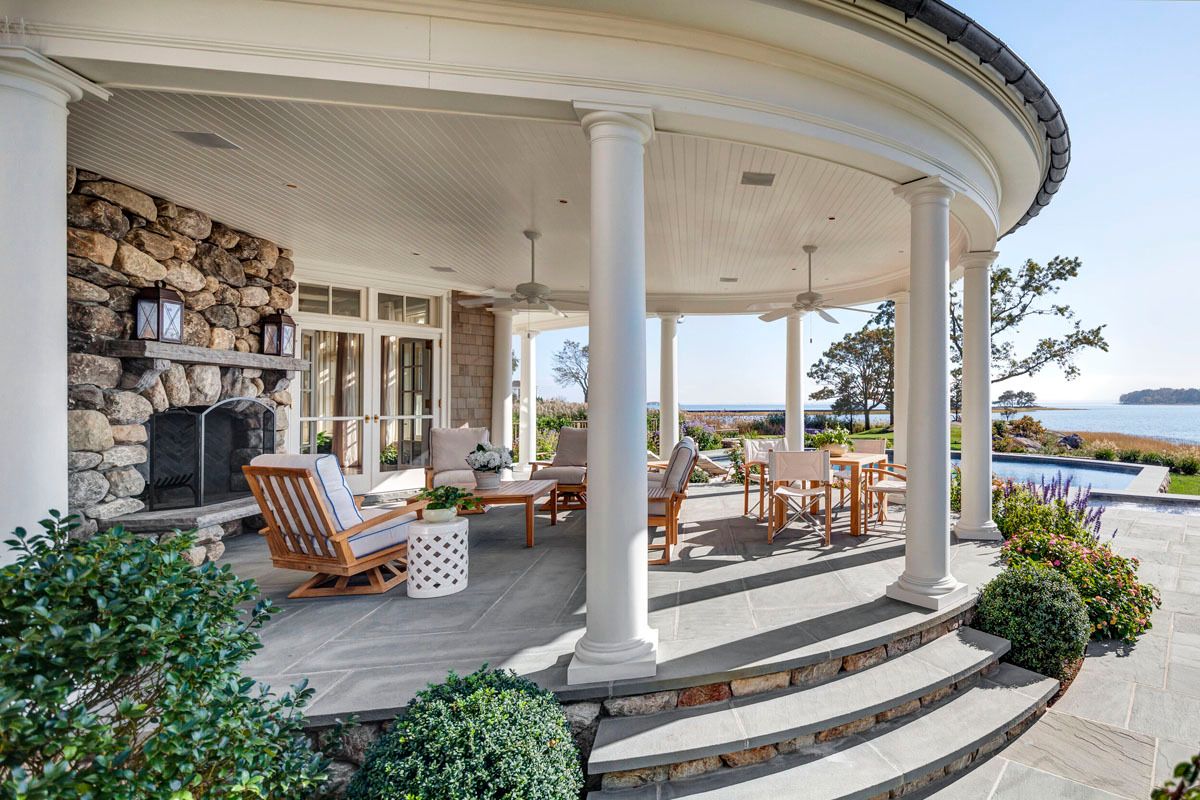
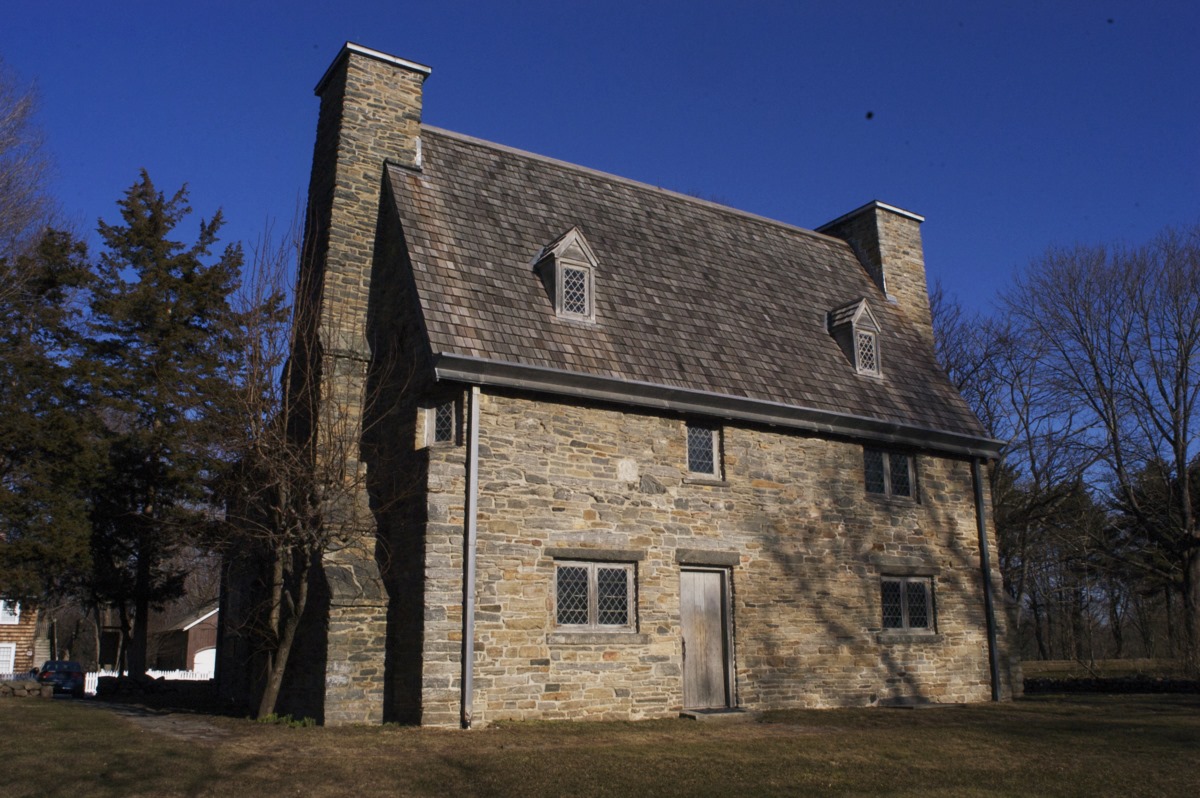
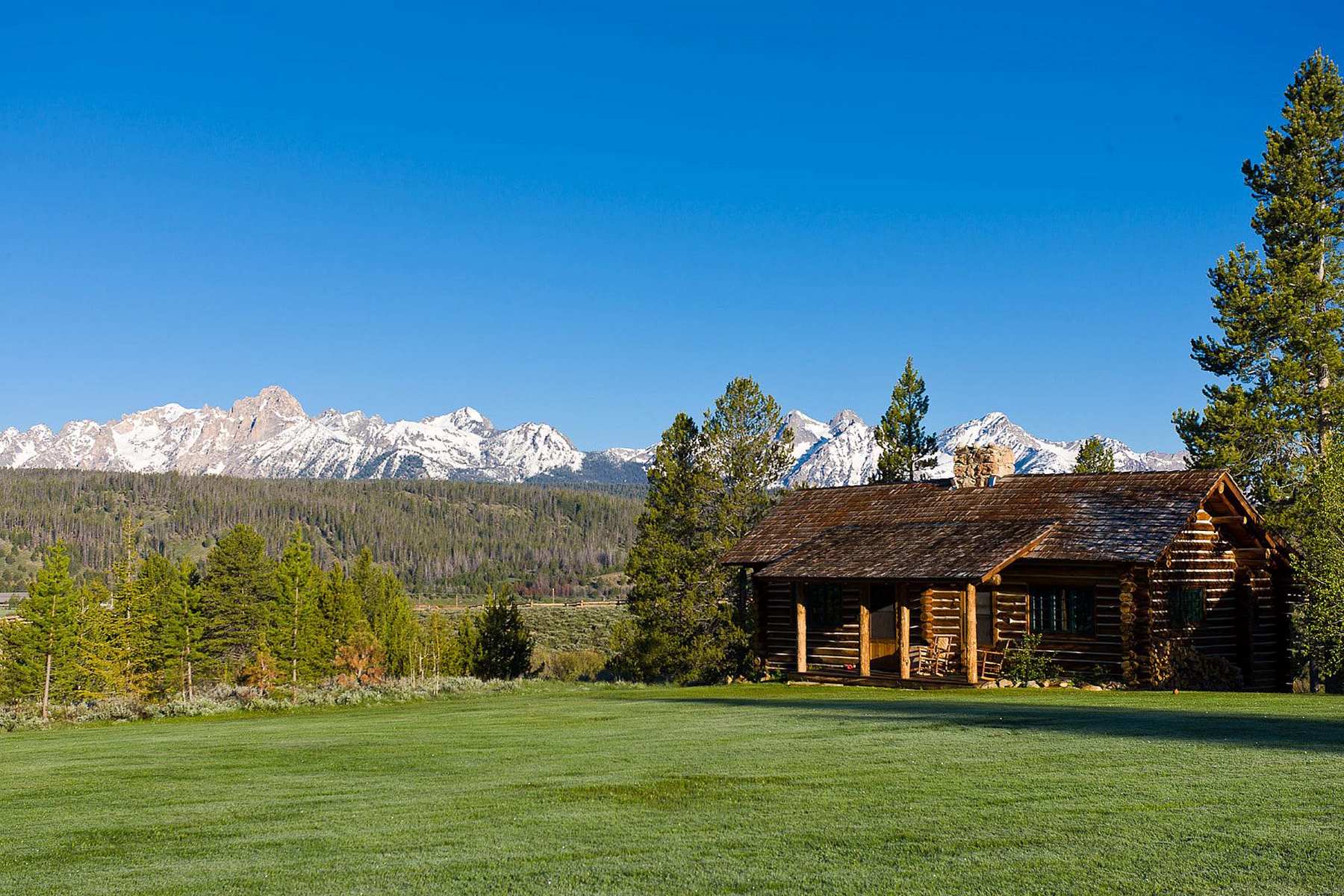

0 thoughts on “18 Colonial-Style Homes With Enduring Charm”